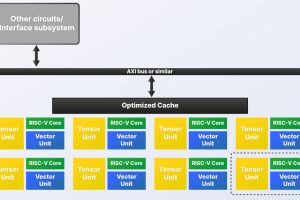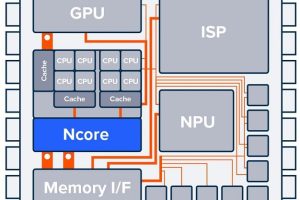
“For the last fifty years, each incremental change in chip design feature size has brought with it a host of new complexities for semiconductor design and manufacturing,” says Rhines.
“Among the current challenges, designing for low power is probably the largest, with manufacturing variability not far behind.
“During the last fifty years, challenges of this type were met with innovative process and design approaches at the component level. In the next fifty years, these challenges, and many new ones, will present themselves at the system level. Achieving the low power dissipation needed for both portable and stationary electronics will move us from clever techniques in chip layout or functional design to design technology that can minimize power at the “system” level.
“This transition to system design will require analysis of electronic functions as the components execute software instructions and interact with the mechanical and optical components of the system. Fortunately the experience of the last fifty years will provide a valuable basis for the system design solutions required in the next fifty.
“Designers of complex systems, like automobiles and aircraft, still depend largely on physical prototypes to verify correct functionality. They don’t anticipate computer systems powerful enough to meaningfully simulate the electrical portion of their system, much less the total system that combines electrical, mechanical, optical and software elements and verifies complex features like the operation of an electronic accelerator pedal in a variety of environments.
“And yet, those who watched chip design technology evolve these past fifty years saw how clever abstraction facilitated design of chips with billions of transistors that function perfectly when the first prototypes are built.
“Simulation and analysis of complete “systems”, executing software and connecting sub-systems in multi-physics domains, is becoming a reality and will be routine for even the most complex systems in the future.
“Design approaches that brought us the complex chips of today will bring us highly reliable complex systems of all types in the next fifty years and have a similarly beneficial effect on our lives.
 Electronics Weekly Electronics Design & Components Tech News
Electronics Weekly Electronics Design & Components Tech News



